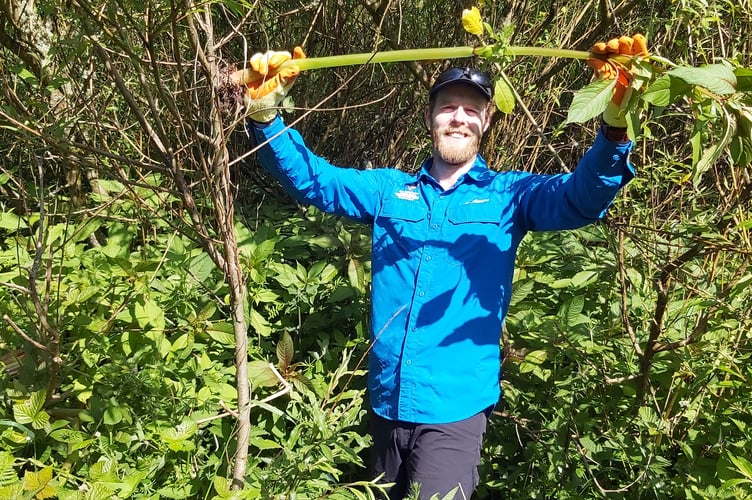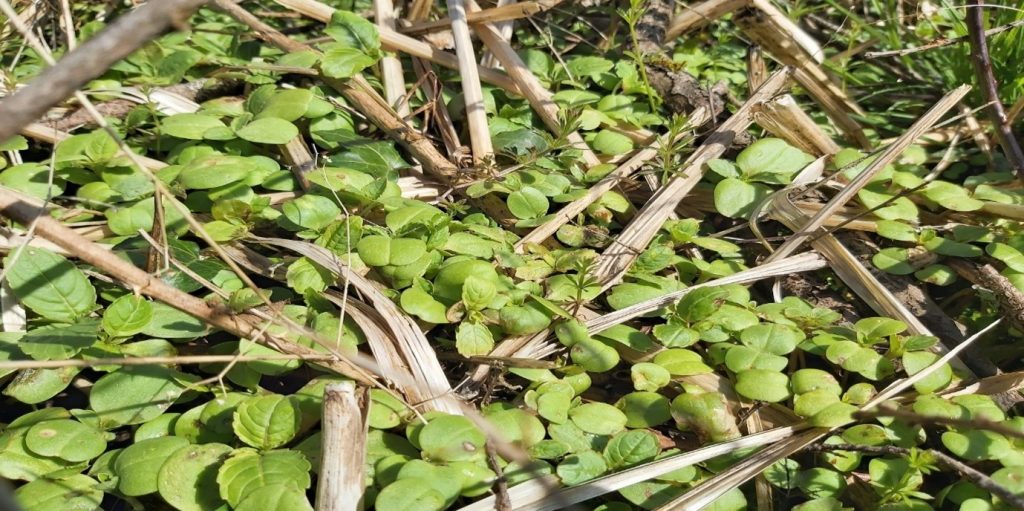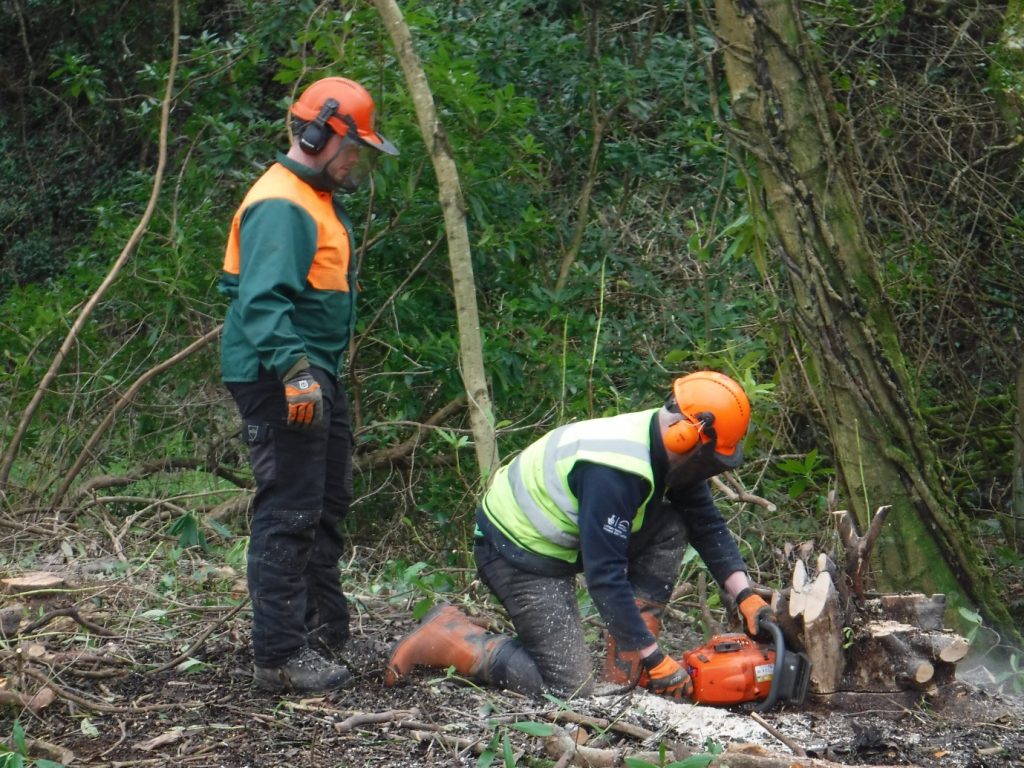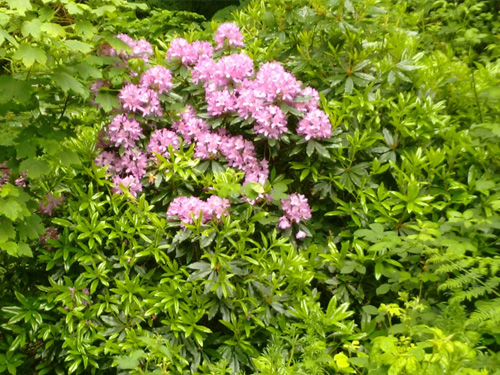Legislation regarding INNS is covered by the Wildlife and Countryside Act 1981 listed on Schedule 9 subject to Section 14. It is an offence to plant or cause species listed in Schedule 9 to grow/escape in the wild.
This means that deliberate actions which cause the spread of INNS, e.g. strimming, dumping contaminated material, or releasing species may constitute an offence. It is not an offence to have a listed species on your land. Mismanagement of a plant or animal listed leading to its release or escape may constitute an offence.
There are five INNS that are banned from sale: water fern (azolla filiculoides), parrot’s feather (myriophyllum aquaticum), floating pennywort (hydrocotyle ranunculoides), Australian swamp stone-crop/New Zealand Pygmyweed (crassula helmsii), and water primrose (ludwigia grandiflora).
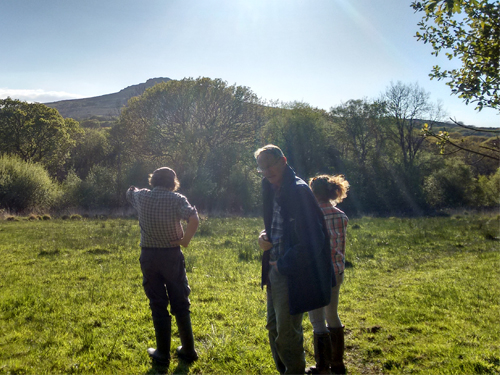
Landowner Responsibility
The responsibility for controlling INNS is with the landowner. It is not an offence to have an INNS on your land but an offence may have been committed if mismanagement ends up in a listed species escaping or being released into the wild.
For more information
Visit the Non-native Species Secretariat website.
